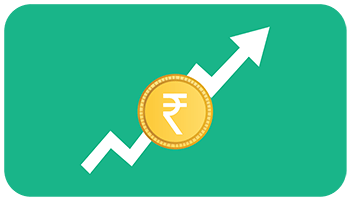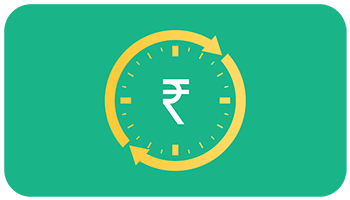There’s no free lunch in this world. We pay for every product or service we consume, either directly or indirectly. For instance, you pay a parking fee for the time you use the parking space. When you send a courier, you pay for the weight of the courier and the distance it needs to travel to reach the recipient. When you borrow money from someone, the lender charges you a fee for the amount and time you borrow. This fee expressed as a percentage of the principal amount borrowed, is the Interest Rate usually specified for a year.
Companies, banks and government bodies raise debt funds from the public and deploy this capital in some aspects of their business. They pay a fee for such borrowings. They issue bonds to raise money from the public and in return pay an interest rate to the bond holders i.e. the fee, bond holders need as compensation for investing their money. A bank pays you an interest on your savings or fixed deposits. Similarly, companies pay an interest when they issue bonds. When Mutual Funds buy these bonds for their portfolio, they earn interest income. Prices of bonds are inversely related to interest rates i.e. they always move in opposite directions.












